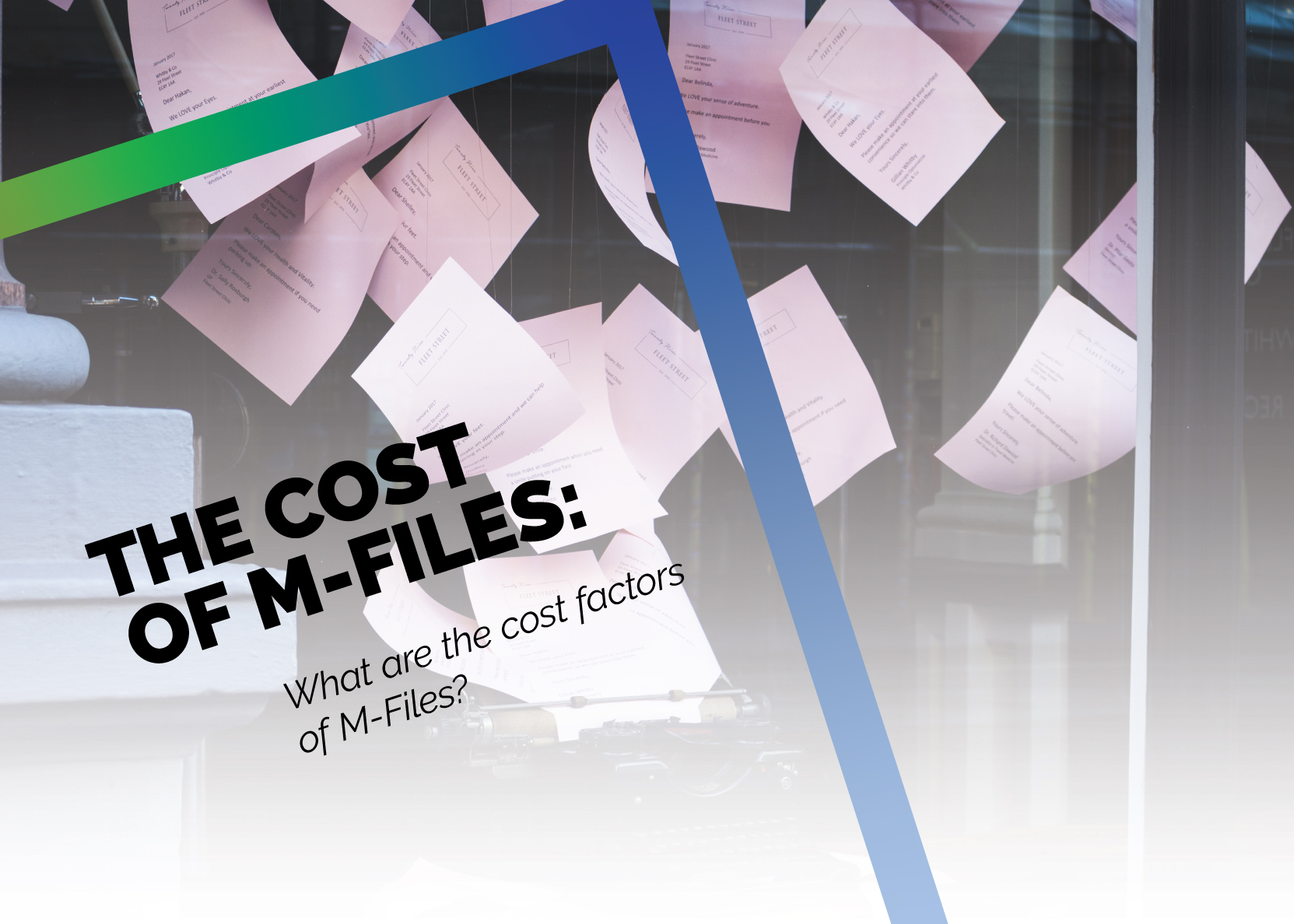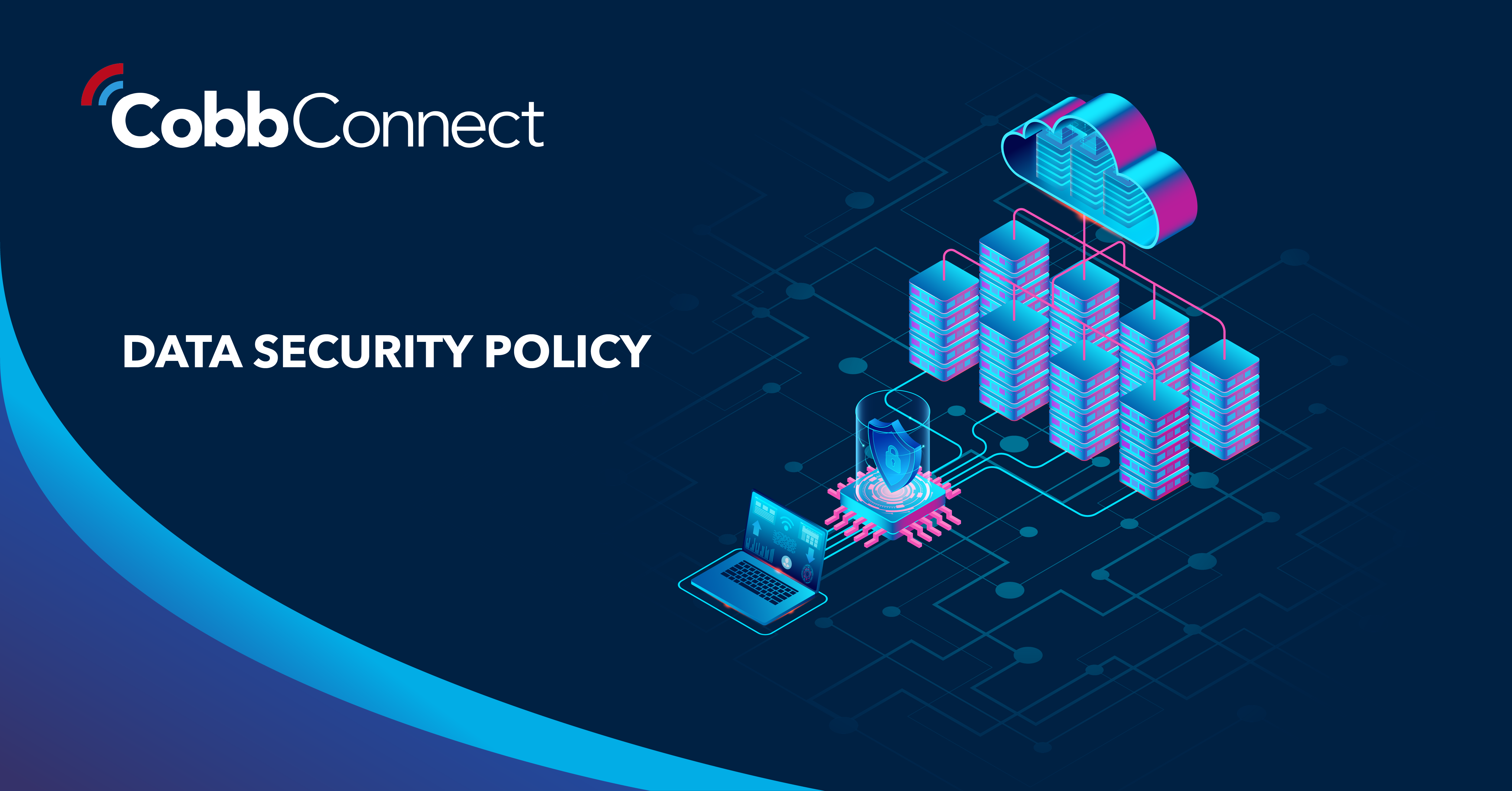2 min read
We “LOUVRE” Strong Passwords: How a Weak Password Can Lead to Big Losses
The Louvre’s password became the punchline of a global story after a heist revealed major security concerns for the museum. Reports say the password...

Is your business mobile, or agile? Is your business able to work within one unifying system to store, organize, automate, and secure your mission critical documents? Does your business have the ability to automate daily workflows, and is your business confident employees are working on the most up-to-date document?
If the answer to any of these questions is “no,” your business should consider finding a unifying agile solution. One such solution is M-Files. But how much does M-Files cost?
There are three main cost factors that will influence the overall price of your M-Files solution:
Each of these cost factors includes several different factors of their own, other than the subscription fee. For each user license, your business will need to pay $39 or $59 per user per month, billed annually.
Let’s cover the other factors now.
Before any contract is finalized, and even before M-Files is installed, the first thing an M-Files service provider will do is a DWA (document workflow analysis). A DWA will look in depth at the workflow of your mission critical documents, on three different levels:
In order to properly study these three organizational levels, the consultant or company conducting the DWA will ask questions such as: What is the document, who touches the document, what do they do with it, and where does it take place?
In order to get a clear picture of what impact M-Files can have on your business, you need to look at these three levels.
The document level is simply looking at what type of document it is — such as a letter, invoice, tag, proposal, or any mission-critical document your business deals with. The document level also entails how much security a document needs, and what regulations it needs to follow, such as HIPAA.
The personnel level takes into account what happens to the document — whether it is received digitally or physically, what steps it takes to get to its final destination, who needs to interact with the document along the workflow, and what departments interact with the document.
The system level is essentially the other applications, processes, and programs that make up the rest of your business. The consultant or business conducting your DWA will search through your business’ environment to determine where and how M-Files will integrate with applications such as a CRM like Quickbooks or Salesforce.
After a DWA has been completed, the consultant or company that conducted the DWA will head to the drawing board, and begin designing a custom workflow for your business. In order to design this workflow, the consultant or company will take their findings and:
By defining the users, a workflow is set, and by customizing user and group permissions, security can be enhanced, and regulations can be followed. Once this workflow is designed, a proof of concept can be created, allowing the consultant or company to test this new automated workflow to ensure it will work within your environment.
This solution will then be turned into a proposal, and after being presented and agreed upon by your business, the service provider can begin the actual implementation phase. After M-Files has been installed, and users have been created within your organization, the service provider will usually train employees on how to use this new system, test the system on-premise, and then finally roll-out the solution, replacing the old workflow with a new automated process.
After roll-out, the service provider will usually provide production and user support as well.
Essentially, the cost of both discover and implementation is determined by how much time the service provider needs to complete these steps, so the more complex of a solution that is required, the more your business will spend on labor costs. Due to this, many companies will automate single processes over time, rather than replacing entire systems.
Once a business discovers the time and money they can save through automation, they usually will begin to look at other processes that could be made more efficient through M-Files. You may be surprised by how much money your business spends on daily tasks, and how much money a solution such as M-Files can save you — for example, the cost of processing an invoice can range between $12 and $40 — but when automated, that price can drop down to $3 to $5.
This second phase of automation will require its own discovery and implementation phases, but will not add to your overall subscription cost. If you are wondering about which daily tasks and workflows your business could automate, reach out to an M-Files service provider.

2 min read
The Louvre’s password became the punchline of a global story after a heist revealed major security concerns for the museum. Reports say the password...

6 min read
Organizations of all sizes handle enormous volumes of data. Data is one of the most valuable assets of any organization.Unfortunately, it’s also a...

5 min read
In today’s digital-first workplace, your network is more than just a connection point; it’s the foundation of your operations. Whether your...